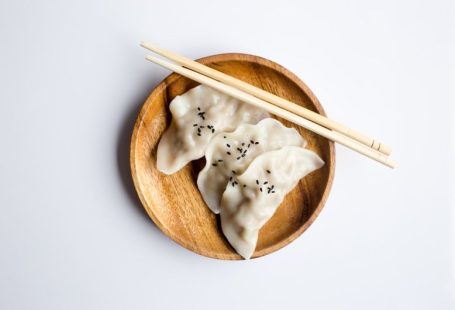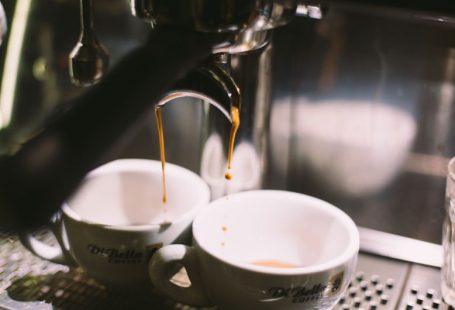Nestled in the heart of the Pacific lies the Philippines, a country known for its rich history, vibrant culture, and stunning landscapes. One of the most significant chapters in the country’s past revolves around its sugar industry, which has played a pivotal role in shaping the nation’s economy and culture. From its humble beginnings to its current status as a major player in the global sugar market, the story of Philippine sugar is a compelling tale of resilience, innovation, and the enduring spirit of the Filipino people.
**A Sweet Beginning**
The history of sugar in the Philippines dates back to the early colonial period when the Spanish first introduced sugarcane to the archipelago in the 16th century. Initially cultivated for domestic consumption, sugarcane soon became a vital cash crop for the Spanish colonizers, who recognized its potential for profit. The fertile soil and tropical climate of the Philippines proved to be ideal for sugarcane cultivation, leading to the establishment of numerous haciendas and sugar mills across the islands.
**The Rise of the Sugar Industry**
By the 19th century, the Philippine sugar industry had experienced significant growth, thanks in part to advancements in technology and transportation. Steam-powered mills and railways transformed the production and distribution of sugar, making it easier for planters to process and export their crops. The demand for Philippine sugar also increased as global consumption rose, particularly in Europe and the United States.
**Challenges and Resilience**
Despite its success, the Philippine sugar industry faced numerous challenges over the years, including natural disasters, political unrest, and changes in global market trends. The outbreak of World War II, in particular, dealt a severe blow to the industry, as many sugar plantations were destroyed during the conflict. However, the resilience of Filipino sugar planters and workers ensured that the industry would recover and thrive once again in the post-war era.
**Modernization and Innovation**
In recent decades, the Philippine sugar industry has undergone a process of modernization and innovation to meet the demands of the global market. Mechanized farming techniques, advanced milling technology, and sustainable farming practices have helped increase efficiency and productivity, making Philippine sugar more competitive on the world stage. The industry has also diversified its products, producing not just raw sugar but also value-added products like muscovado, molasses, and specialty sugars for niche markets.
**The Future of Philippine Sugar**
Looking ahead, the future of the Philippine sugar industry appears promising, with opportunities for further growth and development on the horizon. The government has implemented initiatives to support sugar farmers and promote sustainability in the sector, such as providing subsidies for fertilizers, equipment, and training programs. Collaboration with international partners and investment in research and development are also helping to position Philippine sugar as a premium product in the global market.
**In Conclusion**
The story of Philippine sugar is a testament to the resilience, ingenuity, and hard work of the Filipino people. From its humble beginnings to its current status as a major player in the global sugar market, the industry has weathered numerous challenges and emerged stronger than ever. As the country continues to innovate and adapt to changing market conditions, Philippine sugar remains a sweet symbol of the nation’s rich history and bright future in the Pacific.





